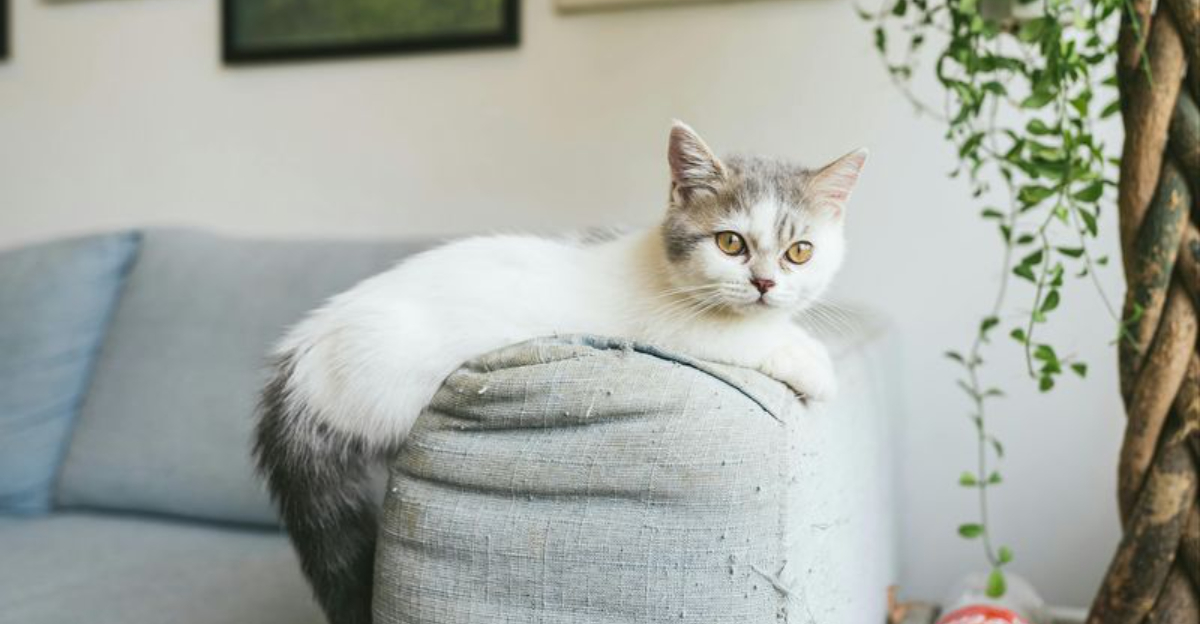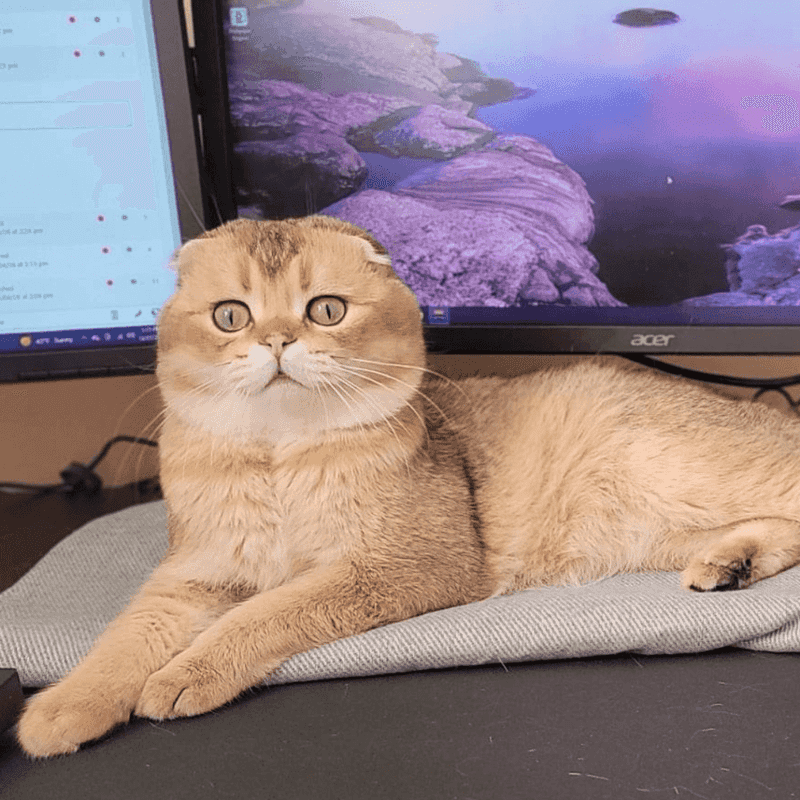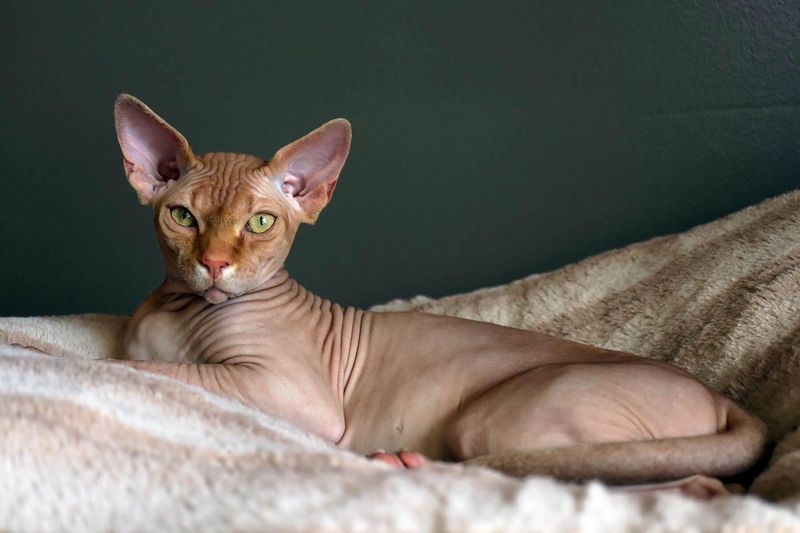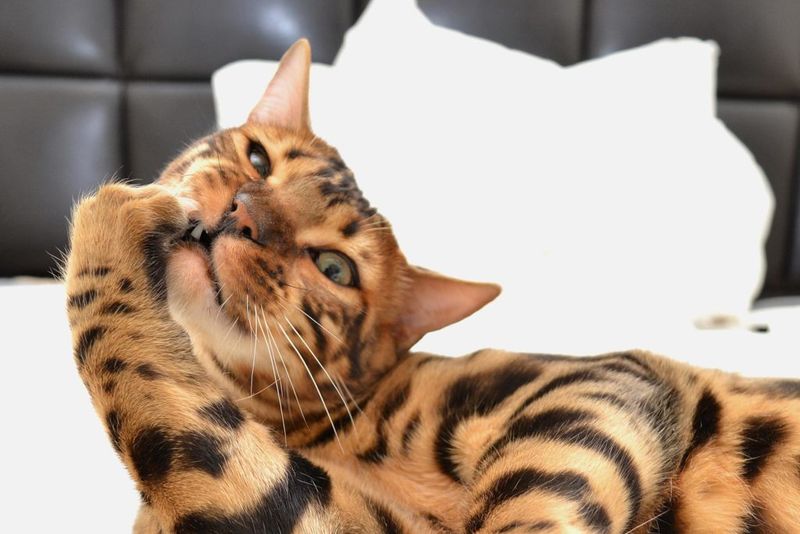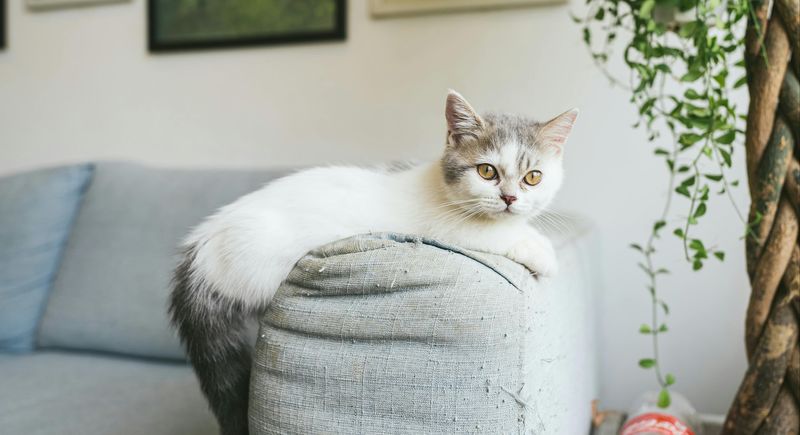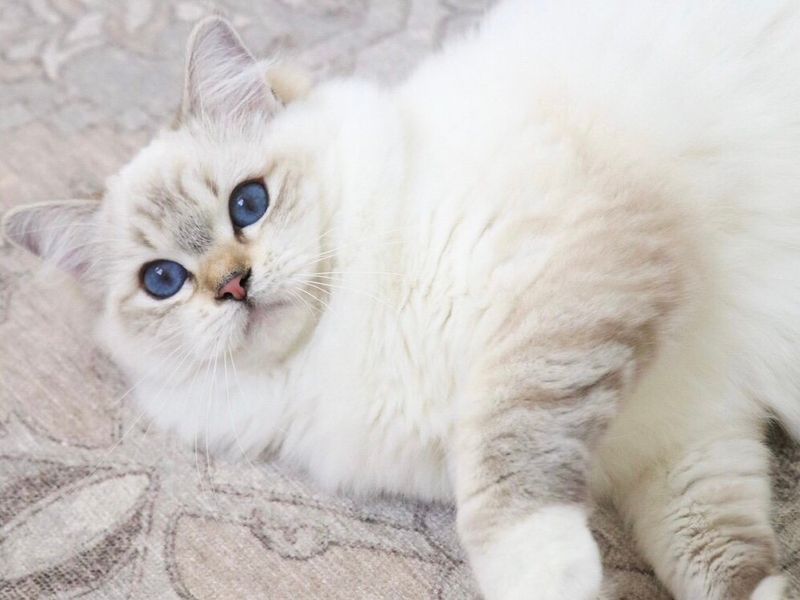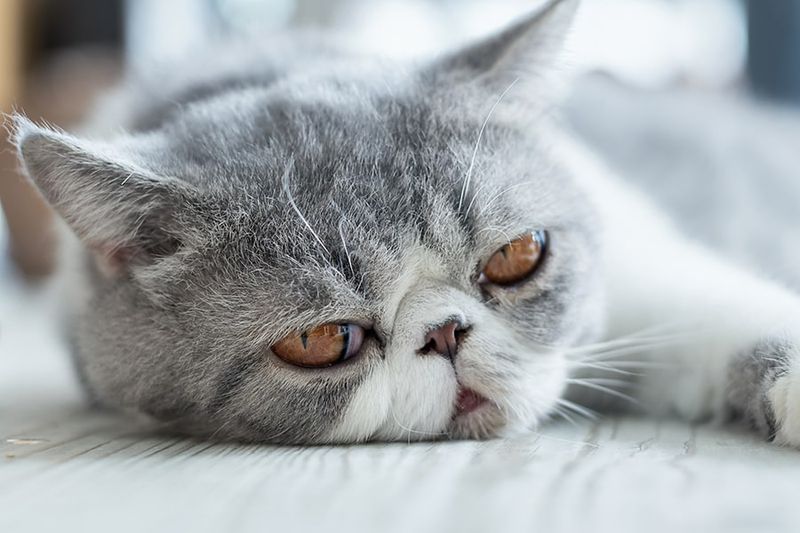📖 Table of Content:
Cat enthusiasts often select breeds for their striking appearance, but it’s important to remember that beauty can sometimes come with health concerns. Certain breeds, known for their stunning looks, are more prone to specific medical conditions that may affect their well-being. These health challenges can also lead to higher veterinary expenses over time.
Veterinarians frequently encounter these common issues in popular breeds, which can impact a cat’s overall quality of life. From genetic disorders to structural anomalies, these conditions can be both predictable and preventable with the right care. Being aware of these potential problems can help owners make informed decisions and prepare for the responsibilities of pet ownership.
When considering a new feline companion, it’s essential to look beyond the surface. While a cat’s appearance might be captivating, understanding the breed’s health risks ensures that both the cat and the owner are ready for the long-term commitment. Knowledge of potential health issues can contribute to a better quality of life for the pet and a smoother experience for the owner.
1. Persian Cat
Those adorable squished faces that make Persian cats so distinctive also cause a host of respiratory problems. Brachycephalic (flat-faced) breeds struggle to breathe properly, especially during hot weather or exercise.
Daily eye cleaning becomes necessary as their shallow eye sockets lead to excessive tearing and potential infections. Their long, luxurious coats require intensive grooming to prevent painful mats and skin issues.
Many Persians develop polycystic kidney disease, a genetic condition affecting up to 50% of these cats. Dental problems are common too, as their flat faces often result in crowded or misaligned teeth that trap food and bacteria.
2. Scottish Fold
The trademark folded ears of Scottish Folds result from a cartilage mutation that doesn’t stop at their ears. This same genetic issue affects cartilage throughout their bodies, especially in their joints.
Osteochondrodysplasia, the condition behind those adorable ears, causes abnormal bone development and can lead to severely painful arthritis, even in young cats. Some develop thickened, inflexible tails that hurt when touched.
Ethical breeders now avoid mating fold-to-fold, but the breed itself is controversial among veterinarians. Several European countries have banned breeding Scottish Folds entirely due to welfare concerns about guaranteed joint pain.
3. Sphynx
Sphynx cats turn heads with their naked appearance, but their lack of fur creates unique challenges. Without protective hair, their skin produces excessive oils that must be gently washed weekly to prevent blackheads and skin infections.
Cold weather poses serious risks – these cats need sweaters and heated beds year-round in cooler climates. Their exposed skin burns easily in sunlight, requiring pet-safe sunscreen for any outdoor time.
Dental issues plague this breed, with many developing severe periodontal disease early in life. Their high metabolism means they eat significantly more than other cats, creating unexpected food budget surprises for unprepared owners.
4. Bengal
With their striking, spotted fur, Bengals carry the distinctive look of their Asian leopard cat ancestors. While their beauty is undeniable, they come with unique behavioral traits. Their intelligence and boundless energy can quickly become a problem if not channeled in the right way.
Vocally demanding, Bengals often “talk” constantly and loudly, making them difficult neighbors in apartments. Their hunting instincts remain strong, leading to potential aggression toward smaller pets.
Health-wise, Bengals face higher rates of hypertrophic cardiomyopathy (heart disease) and progressive retinal atrophy that can cause blindness. Their wild ancestry also makes them prone to intestinal issues like inflammatory bowel disease that require specialized diets.
5. Munchkin
While Munchkins’ short legs make them endearing, this form of dwarfism comes with significant mobility limitations. The inability to jump and climb as other cats do can affect their ability to express their natural instincts. Their shortened limbs can restrict their movement and impact their quality of life.
The genetic mutation behind their short legs can cause lordosis (spinal dipping) and pectus excavatum (hollow chest), both painful conditions. Many develop arthritis earlier than other breeds as their bodies compensate for abnormal movement patterns.
Running creates unusual stress on their joints and spine. Despite their limitations, Munchkins retain normal cat instincts to jump and climb, leading to frustration and potential injuries when they attempt activities their bodies can’t properly perform.
6. Ragdoll
Ragdolls boast gorgeous blue eyes and silky coats, but behind their docile demeanor lurks a concerning health profile. Their breed-specific hypertrophic cardiomyopathy mutation can cause sudden death, even in young cats that appear perfectly healthy.
Bladder stones and urinary tract issues occur frequently in this breed, requiring specialized diets and regular monitoring. Their large size puts extra strain on joints, leading to early-onset arthritis.
A genetic predisposition to polycystic kidney disease means many Ragdolls develop fluid-filled cysts that gradually destroy kidney function. Their famous docility sometimes masks pain symptoms, making illness detection difficult until conditions become advanced.
7. Savannah
Blending domestic cats with wild servals, Savannah cats are known for their striking appearance, featuring spotted coats and a tall, elegant build. First- and second-generation Savannahs (F1 and F2) retain a significant portion of wild serval genetics. This connection to their wild ancestors can make their behavior more erratic, which may not suit all homes.
Legal restrictions abound – many states, cities, and countries ban these hybrid cats entirely. Finding veterinary care presents challenges as many vets lack experience with hybrid breeds and their unique health needs.
Marking territory through spraying remains common even in neutered Savannahs. Their powerful jumping ability (up to 8 feet high) and problem-solving intelligence mean standard cat-proofing measures often fail, leading to escaped cats and destroyed home interiors.
8. Himalayan
Himalayans combine Persian and Siamese genetics, unfortunately inheriting health problems from both parent breeds. Their Persian-derived flat faces cause the same breathing difficulties and tear duct problems while adding Siamese-linked neurological issues.
Temperature-sensitive albinism creates their distinctive colorpoint pattern but also makes them prone to skin cancer and eye problems. Their long, dense coats require daily brushing to prevent painful matting against sensitive skin.
Kidney disease rates run high in this breed, often developing before age seven. Many Himalayans suffer from early-onset dental disease requiring professional cleaning under anesthesia – particularly risky due to their facial structure compromising airway access during procedures.
9. Exotic Shorthair
Created as a more manageable version of Persians, Exotic Shorthairs have shorter coats but still suffer from many of the same physical problems. Their flat faces, which are a hallmark of the breed, can cause significant breathing difficulties. Some Exotic Shorthairs even struggle to exercise without experiencing respiratory distress.
Tear staining marks their faces as malformed tear ducts fail to drain properly. Many require daily eye cleaning to prevent infections. Dental problems plague this breed due to overcrowded teeth in shortened jaws.
Heat sensitivity affects them severely – their compromised airways make cooling difficult, putting them at high risk for heat stroke. Their shortened nasal passages also reduce their sense of smell, potentially affecting appetite and normal cat behaviors.
